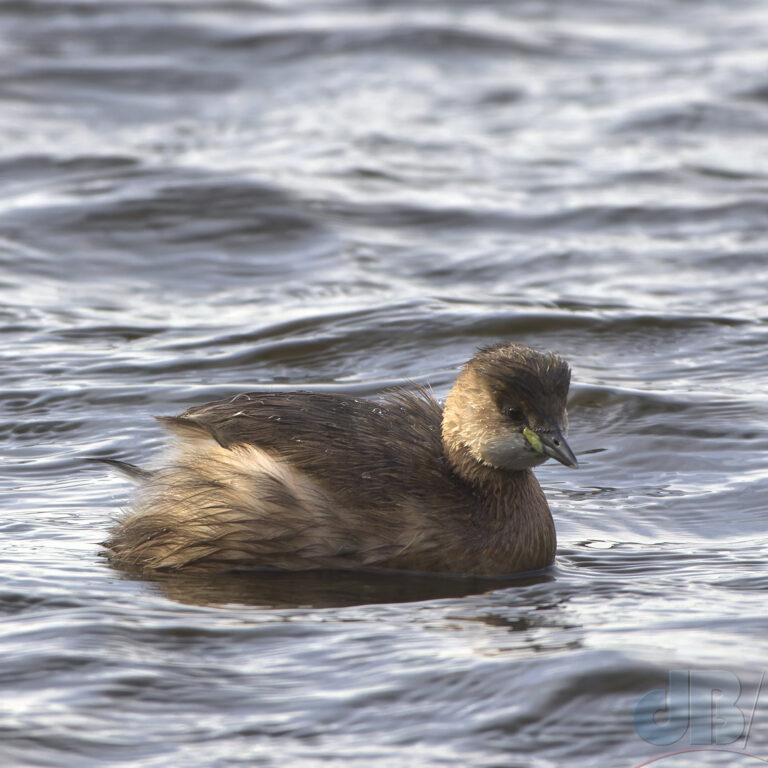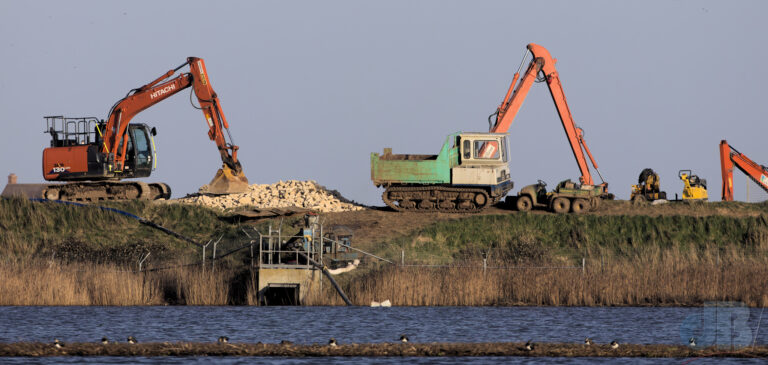We didn’t make it to the north Norfolk coast for our usual new year yomp through the area, but we did make it to Titchwell for a couple of nights a month later. We had packed and departed for the coast by mid-afternoon. As we approached our lodgings, it was almost dark, a shadowy Tawny Owl flew across our path. By the time we arrived, it was fully dark and the last of the day’s Brent and Pink-footed Geese were noisily heading to roost.
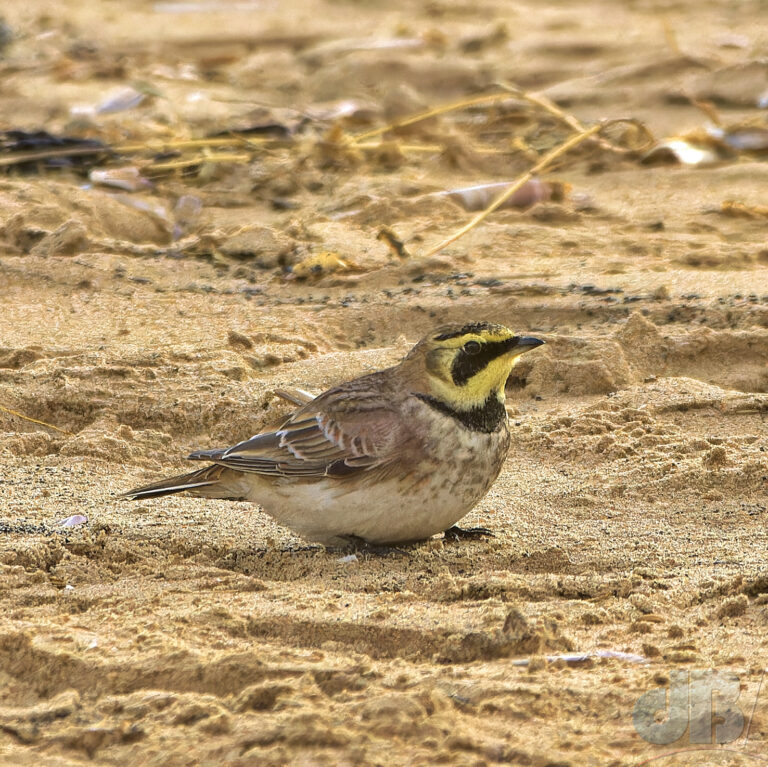
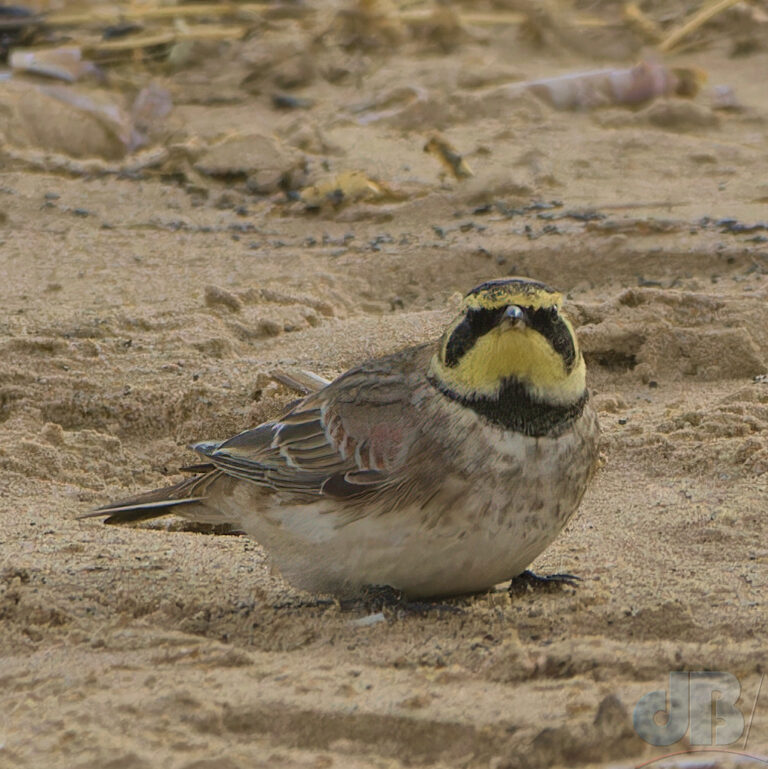
We ate well that evening at Briarfields and the next day we were up reasonably early to see Marsh Harriers quartering the eastern end of RSPB Titchwell, we could easily see them from our breakfast table. There were at least four showing and one flew almost directly over to the hotel’s outdoor area.
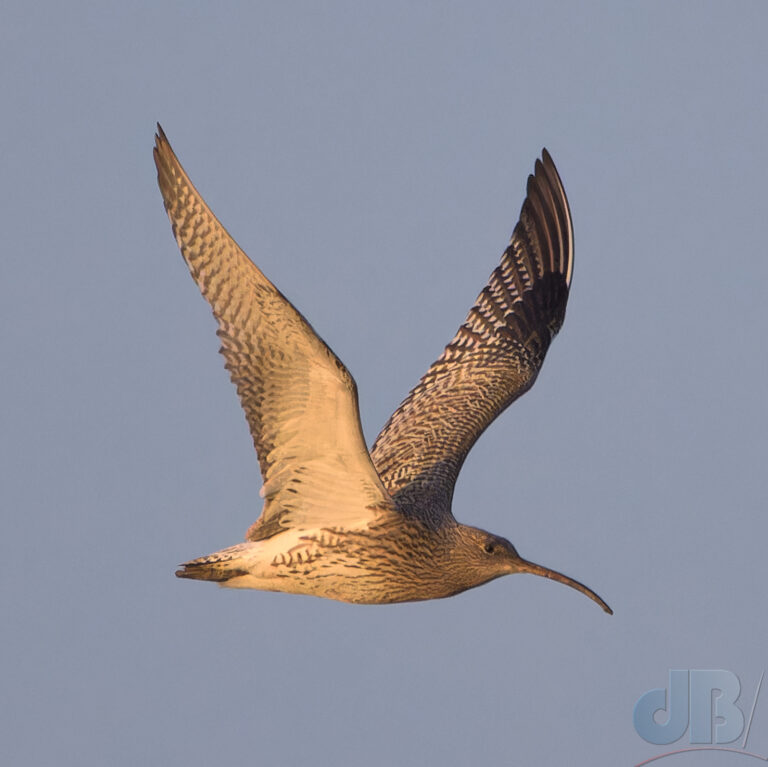
The next breakfast there were no Marsh Harriers, but there were plenty of Curlew flying across the fields neighbouring the hotel’s grounds.
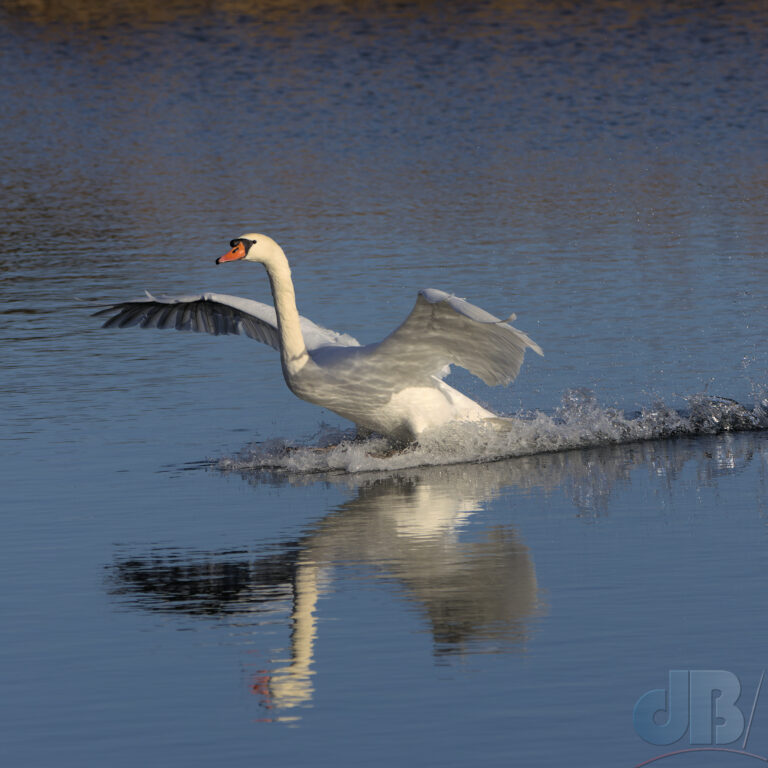
Anyway, back to Thursday, we kitted up and took the 20-minute walk to the nature reserve entrance. Turns out the connecting footpath from the hotel is only open four weeks of the year, in the autumn, when there is no bird breeding activity. Also turns out that if you try to head for the beach and walk back along to RSPB Titchwell, you are stymied in your quest by an impassible running channel. So, the road it was.
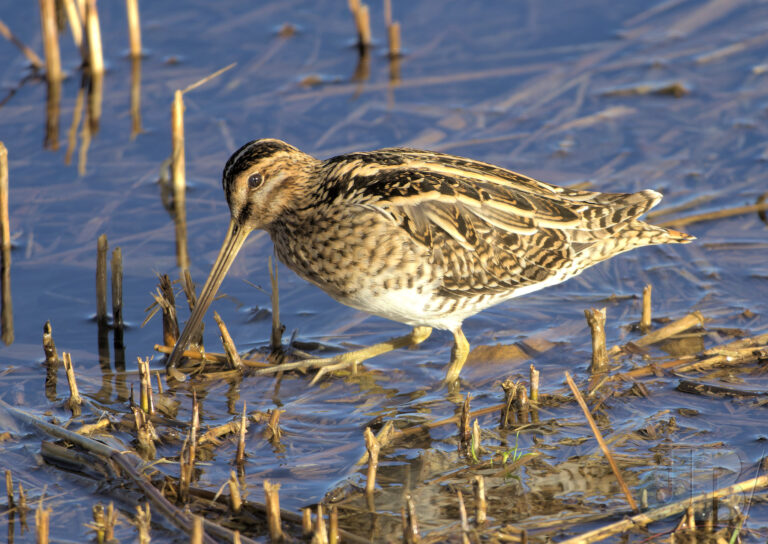
A solitary Reeves’s Muntjac deer was picking up scraps beneath the bird feeders when we arrived, there were also Brambling around, although we didn’t see one until we were leaving.
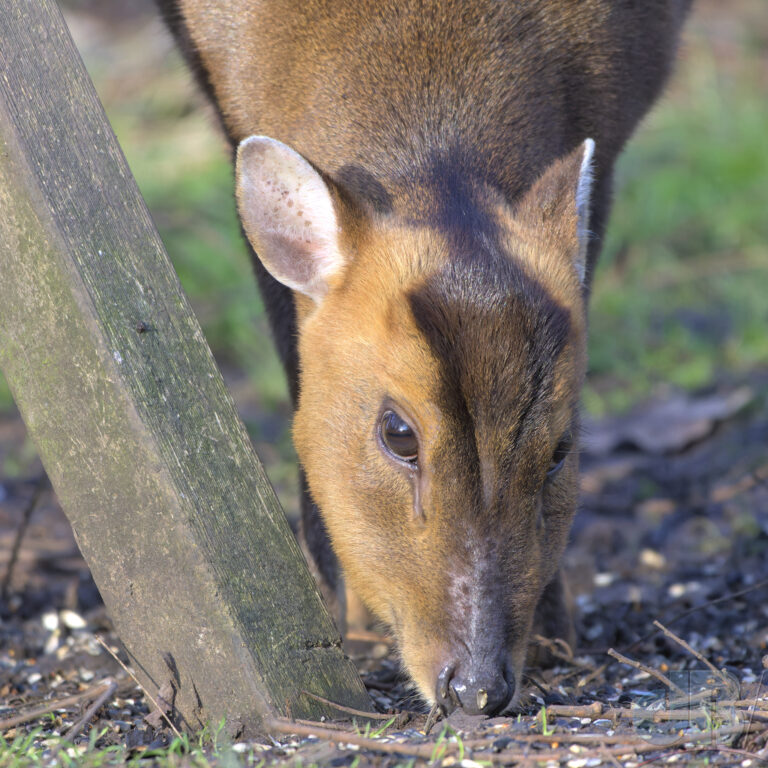
We got wind that there was a Tawny Owl roosting in an ivy-covered tree, so we followed the boardwalk to see if we could spot it. Mrs Sciencebase, as ever, was first to catch a tiny glimpse of feathers through the ivy. The bird was very well hidden, you wouldn’t have known it was there without someone having heard it calling or seeing it come to roost to point out the precise tree.
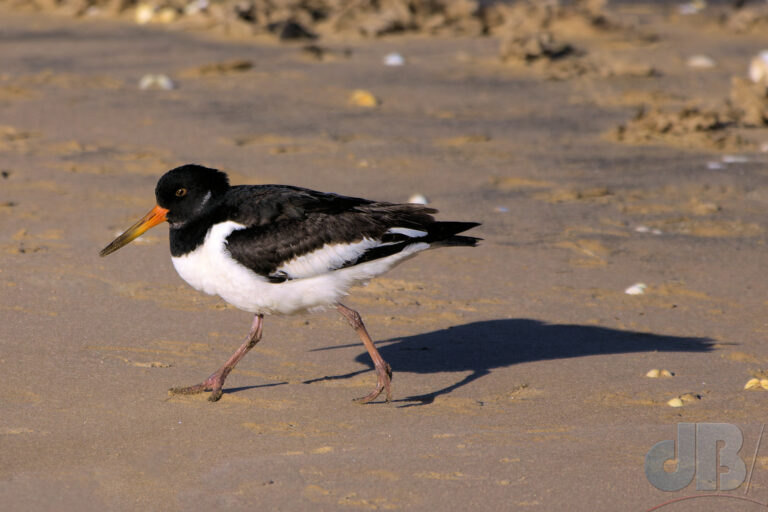
We then trekked down to the beach. It was chilly, but the wind was not strong. Usual suspects on the water’s edge: Oystercatcher, gulls, Sanderlings skittering back and forth at the periphery of the tide, Dunlin, A couple of Bar-tailed Godwit.
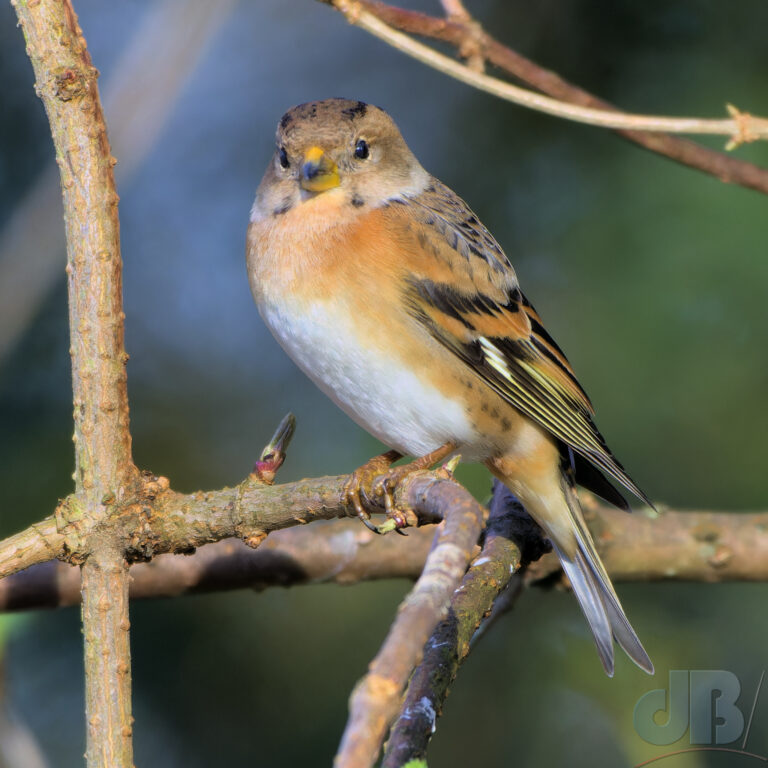
Out to sea, we missed the Long-tailed Duck and the Red-breasted Merganser, but could see hundreds of Common Scoter. These are pretty much indistinguishable from the Black and Velvet species, unless they’re in flight, when you might, with a decent eye, and a decent scope, have something of a chance of distinguishing one from the others.
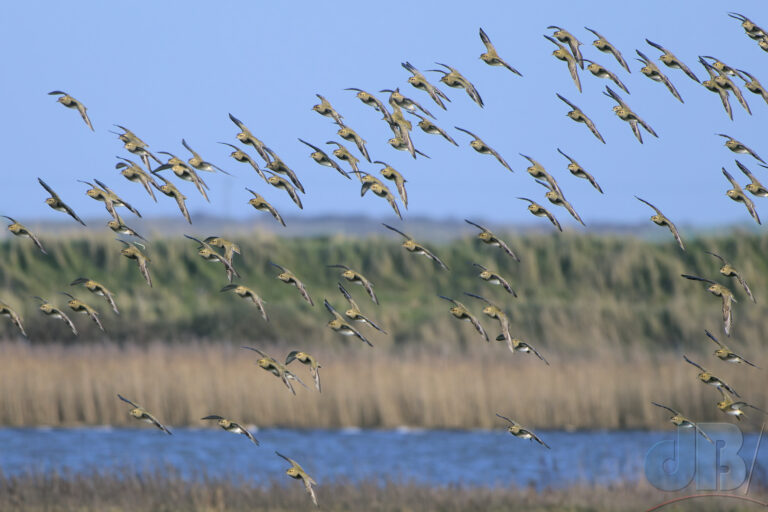
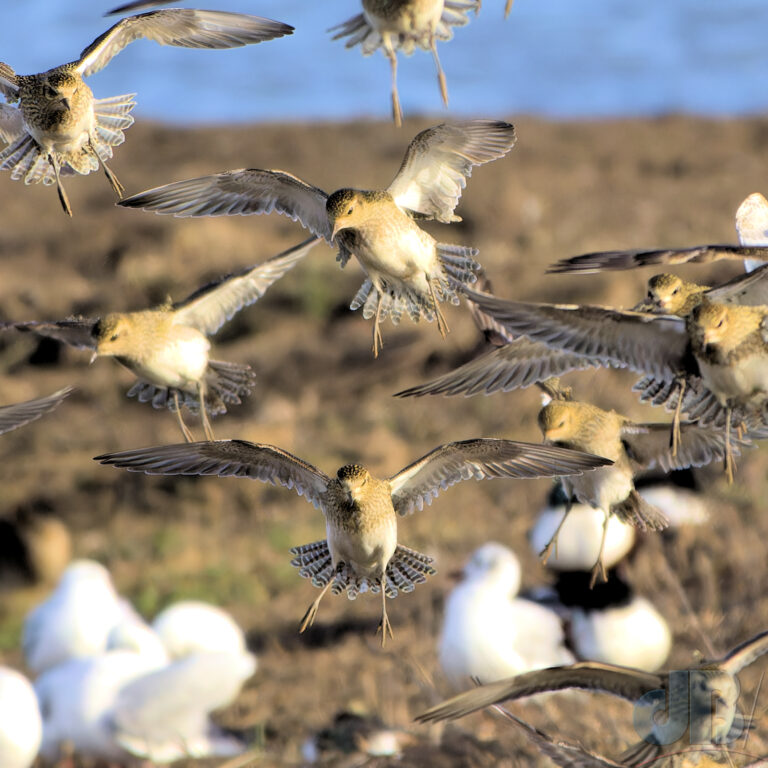
Back on the reserve, a couple of Curlew were displaying some intriguing behaviour. It was impossible to know what they were doing. One seemed to be slightly more aggressive than the other and would approach and the other would back away. Then the pair would hop onto a muddy overhang with stems of some kind of plant in their bills and peck about as if they were musing on the possibility of making a nest. Although I don’t think this would have been a good site for them.
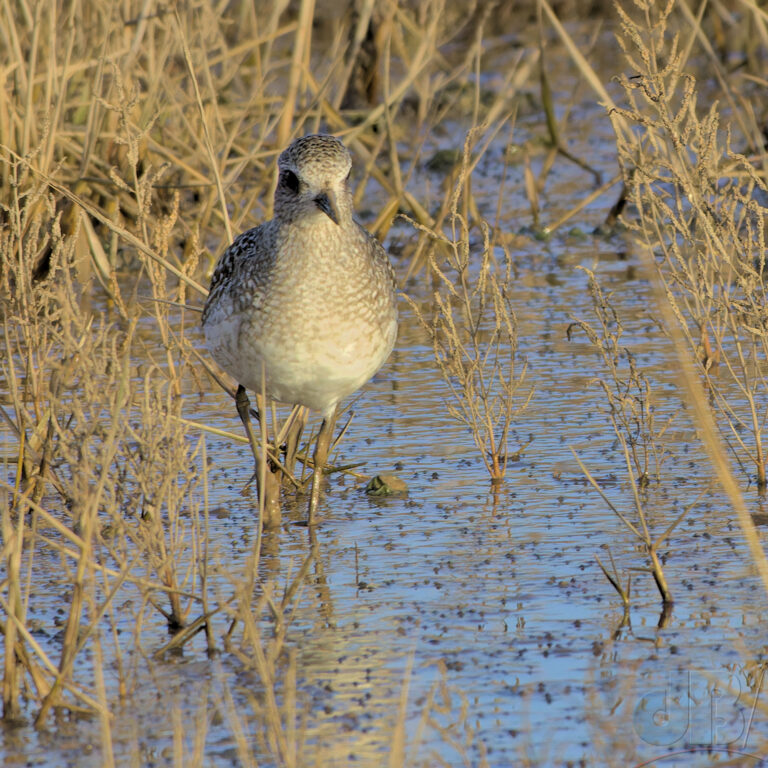
We’ve still no idea if this was two males attempting to territorialise or a male and a female attempting to pair bond, or perhaps even two females. Maybe it was mother and daughter, with the former teaching the latter. That said they were pretty much the same size, so that seems a little unlikely.
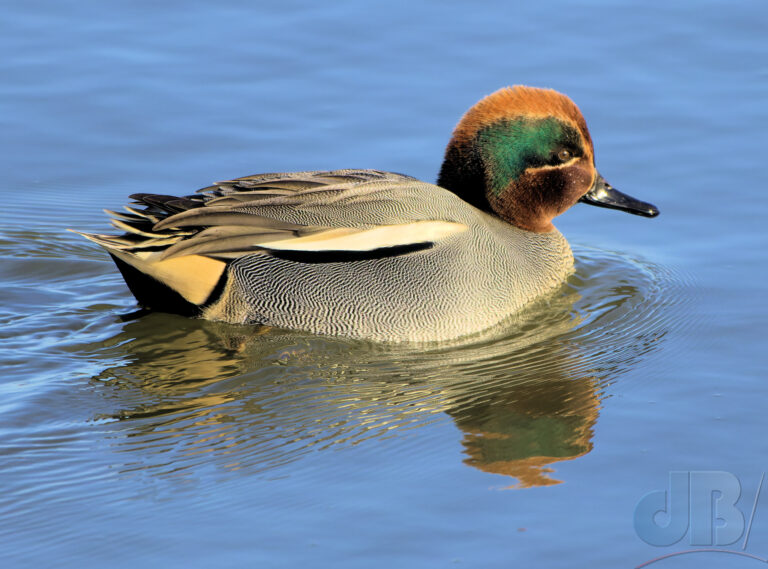
Later, we saw another Curlew giving short shrift to a Redshank that was attempting to feed on the same patch of scrubby mud poking out of the water of the mere.
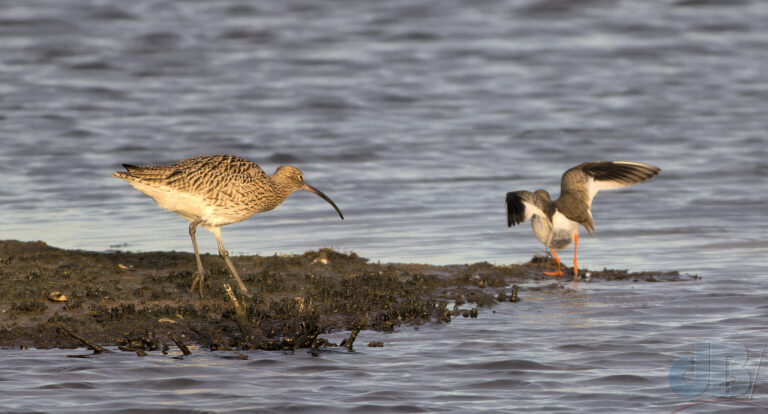
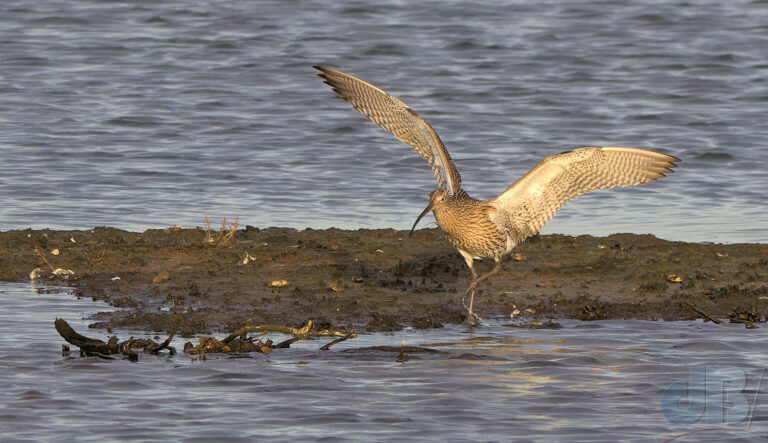
The next day was travelling home day but we decided, after a double-back to visit the nature reserve at Holkham Gap. There are usually Shore Lark to be seen here in the winter and Snow Bunting. We trudged about in the wind and saw lots of birders but none of the birds. There were again hundreds of Scoter out to sea.
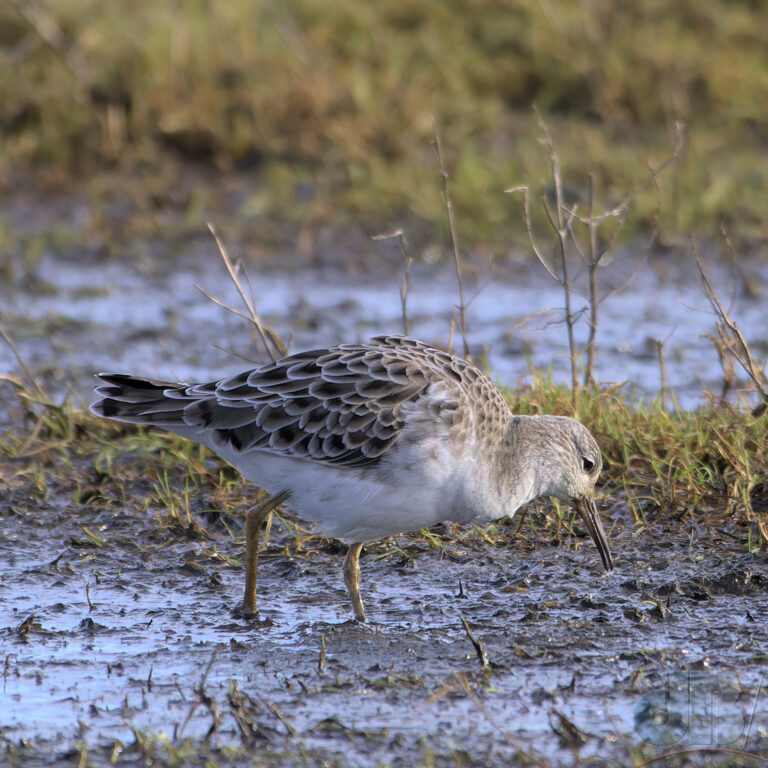
We got wind of the Shore Lark, about 14, apparently at the most westerly point of the Holkham Gap and so headed in that direction. There were several birders with scopes heading in that direction. So, we felt like we were on a promise. A couple heading home confirmed that the Shore Lark were about half a mile further along the beach, where we could see two other birders watching them.
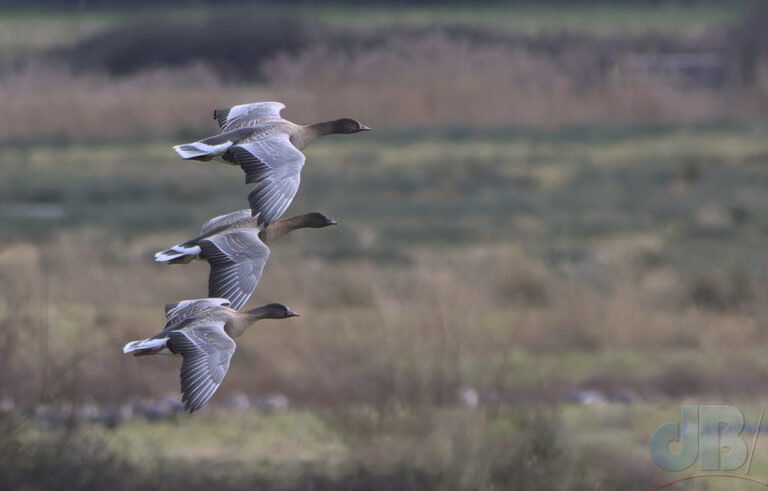
We set off towards the birds but could see dogwalkers arrive with a lively pup. The inevitable happened and the dog ran through the distant patch where the Shore Lark were feeding sending them in their little flock back towards us at great speed. They landed not 60 metres from where we stood, which was a spot of luck, you might say, and the closest views we have had of these charming winter visitors from the distant north.
